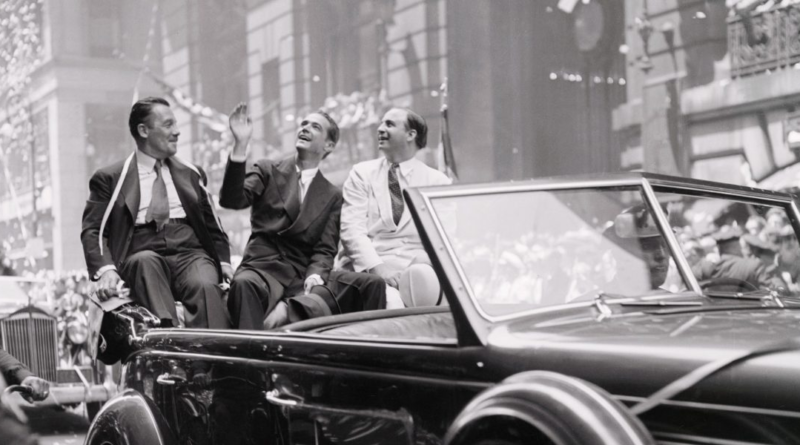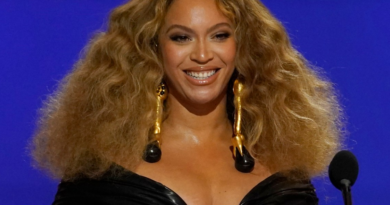'We are essentially in a new Gilded Age’: As workers get laid off, CEOs and shareholders gobble up hundreds of billions in profits
Taking a modern-century spin on “Let them eat cake,” shareholders are having the whole cake, and eating it too. It’s no shock the boardroom is able to stay above the fray as wealthy members are more equipped to weather economic downturns. But it turns out CEOs and shareholders are walking away with an even greater slice of profits than one might think.
So finds a new report from Oxfam, a British nonprofit focused on eradicating poverty, which analyzed more than 200 U.S. corporations to assess their “inequality footprint.” Most money ends up funneling into the mouths of those at the top, as 90% (or $1.1 trillion) of the combined $1.25 trillion in net profits for those companies analyzed went to paying wealthy shareholders.
Executives are doing quite all right as well. CEO pay has ballooned since the pandemic hit, increasing by 31% from 2018 to 2022. “Shareholders and CEO pay have risen to record levels in the aftermath of the COVID-19 crisis,” according to the report.
“The rules are being rigged and the companies are helping to rig them,” Irit Tamir, senior director of Oxfam America’s private sector department, tells Fortune, speaking of company taxation that has gone down due to a strong corporate-lobbying presence.
This past year has been marked by layoffs in the finance, tech, and media sectors as many CEOs claim to need to downsize in light of economic strain. But it seems as if corporations are doing better than ever. Revenue and profits at Fortune 500 companies grew significantly between 2014 and 2022, hiking even more in the years after the pandemic hit. In the same breath that Meta’s Mark Zuckerberg announced layoffs for more than 10,000 workers in the name of a “year of efficiency,” the company announced a fresh $40 billion stock-buyback option. Less than a year later, Meta announced plans to buy back another $50 billion.
While money was seemingly tight for some, it was an equivalent of Christmas for those at the top: Stock buybacks in 2022 hit a record of $681 billion, per Oxfam.
The consolidation of power at the top has been a decades-long process. The concept of shareholder primacy started to take hold in the 1970s, per Tamir, who added that while companies started to prioritize this group, safeguards for workers were fading as union membership ebbed. In the 1980s, stock buybacks, once banned as a form of stock manipulation, became legal; Tamir says this change, specifically, allowed companies to inflate their stock prices. At the same time, corporate tax rates fell dramatically thanks to a series of tax cuts, first in the Reagan era and again during the Trump administration, while corporations gained more and more ability to directly influence politics, capped off with the 2010 Citizens United decision, in which the Supreme Court gave companies and wealthy individuals carte blanche to spend unlimited amounts of money on elections.
“All of those things together have created sort of this perfect storm by which companies have gotten bigger, corporate power is on the rise, and the benefits that they’ve accrued in profit they are funneling to a smaller number of people,” Tamir says, adding that the other stakeholders—the workers—“are losing out.”
There are some signs of change. Unionization is growing in popularity after a summer of strikes and some high-profile wins on behalf of workers—like the UAW and, recently, the Starbucks union.
“There are some promising signs, but if we don’t continue down that path, we are already essentially in a new Gilded Age,” says Tamir, echoing President Joe Biden’s rhetoric on checking corporations more.
While wages remain fairly stagnant, or barely high enough to compete with the pace of inflation, CEOs have given themselves a hefty raise. CEOs were paid a combined $4.1 billion in 2022, per Oxfam’s analysis of the 186 companies that had hard data. Only 5% of the companies examined publicly said they support a living wage. The wage gap continues to widen among larger companies: McDonald’s, for instance, has a CEO-to-worker pay gap of 1,745 to one. Another prototypical American brand, the Coca-Cola Company, has a pay gap of 1,594 to one.
The divide is most apparent in the retail sector. Retail workers are often people of color and women, though the top leaders at these companies are often white men, according to Oxfam. While many companies said they were looking to make DEI targets, many came up empty-handed when it came to hard data.
“They are talking a good game, but when it comes to actually doing something about it, most are not doing anything that is at least transparent to the public,” Tamir says. “All of these things are technically legal and unfortunately to the detriment of the rest of us.”
Tamir says in the long term, even the most wealthy will suffer. Dollar Tree might be the least equitable of the companies from a gender and racial perspective, according to Tamir, and the company recently shut down 1,000 of its stores.
“At the end of the day, this is bad for business,” Tamir explains. “Having wealth in the hands of fewer and fewer people is not good for an economy.”



